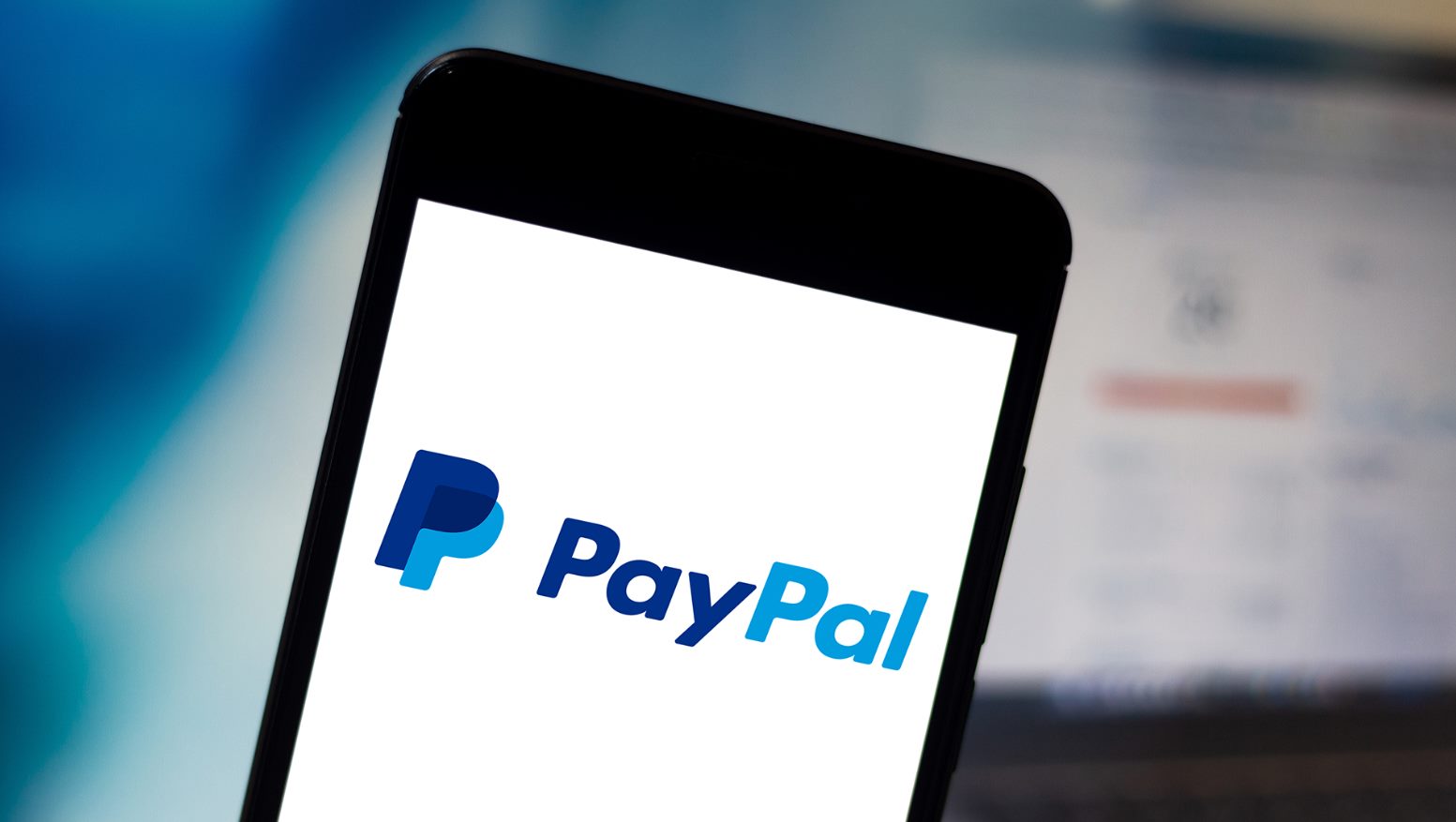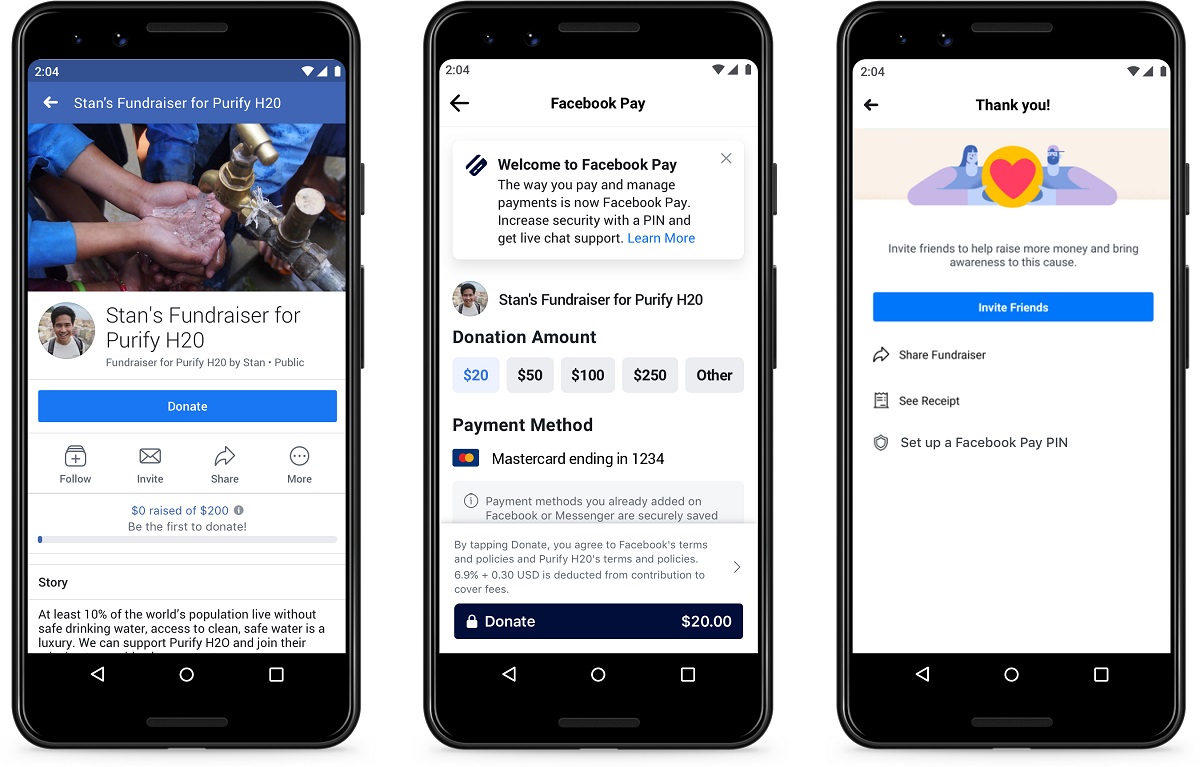Introduction
When using PayPal, there may be instances where you receive a money request that you need to decline. Whether it’s a friend asking for a loan or a business transaction that didn’t go as planned, declining a money request can be a delicate situation. It’s normal to feel unsure about how to handle such requests without hurting the other person’s feelings or damaging the relationship.
In this article, we will discuss the reasons why you might need to decline a money request on PayPal and provide you with a step-by-step guide on how to do it politely and professionally. By following these guidelines, you can navigate these situations with grace and maintain a positive online experience.
It’s essential to approach declining a money request with empathy, understanding, and clear communication. Remember that your decision to decline a request doesn’t necessarily mean you are rejecting the person; it just means that the circumstances may not allow you to fulfill their request at the moment.
Now, let’s explore the reasons why you might want to decline a money request on PayPal and how you can handle these situations effectively.
Reasons to Decline a Money Request on PayPal
There can be several valid reasons why you might need to decline a money request on PayPal. It’s essential to assess each situation carefully and consider the following factors before making a decision:
- Insufficient funds: If you don’t have enough funds in your PayPal account or connected bank account to fulfill the request, it’s necessary to decline. It’s crucial to maintain a responsible approach to your finances and avoid going into debt to fulfill someone else’s request.
- Unfamiliar or suspicious sender: If you receive a money request from an unfamiliar or suspicious sender, it’s wise to decline. Scammers often use fake accounts or deceitful tactics to trick unsuspecting individuals into sending them money. Trust your instincts and err on the side of caution when it comes to unfamiliar requests.
- Unreasonable amount or request: If the amount or nature of the request seems unreasonable, you have the right to decline. Whether it’s an overly sizable amount that you can’t comfortably afford or a request that goes against your personal values or boundaries, it’s okay to say no.
- Unfulfilled obligations: If the person who is making the money request has not fulfilled their obligations in a previous transaction or agreement, it’s within your right to decline their request. It’s essential to maintain fair and transparent practices in your online transactions.
- Personal financial constraints: If you are facing personal financial constraints that prevent you from fulfilling the money request, it’s important to be honest and decline. Open communication about your current situation can help avoid misunderstandings and resentment.
Remember, declining a money request does not make you a bad person. It’s essential to prioritize your own financial well-being and be cautious in online transactions. By being aware of these reasons to decline a money request, you can make informed decisions when faced with such situations.
How to Decline a Money Request on PayPal
Declining a money request on PayPal can be uncomfortable, but it’s important to handle the situation with grace and professionalism. Here are the steps you can follow to decline a money request effectively:
- Review the request: Carefully review the details of the request, including the amount and purpose. Make sure you understand the request fully before making a decision.
- Be polite and professional: When declining a money request, it’s crucial to be polite and professional in your response. Use a kind tone and avoid sounding confrontational or dismissive.
- Provide an explanation (optional): If you feel comfortable, you can provide a brief explanation for declining the request. This can help the sender understand your decision better. However, keep in mind that you are not obligated to provide an explanation if you are uncomfortable doing so.
- Decline the request through PayPal: Navigate to the specific money request on your PayPal account and locate the option to decline it. Follow the prompts provided by PayPal to complete the process. This ensures that the sender is notified of your decision.
- Follow up with the sender: After declining the money request, it’s thoughtful to follow up with the sender to explain your decision further if you feel it is necessary. This can help maintain open lines of communication and prevent any potential misunderstandings or hard feelings.
Remember, it’s important to be empathetic and considerate when declining a money request. Put yourself in the sender’s shoes and try to understand their perspective while remaining firm in your decision. By following these steps, you can handle the situation with integrity and maintain a positive online relationship.
Review the Request
Before you can effectively decline a money request on PayPal, it’s important to carefully review the details of the request. Take the time to understand the amount being asked for and the purpose of the request. This will help you make an informed decision and respond appropriately.
When reviewing the request, consider the following factors:
- Amount: Assess whether the amount being requested is reasonable and within your means to fulfill. If it’s an amount that you cannot comfortably afford or if it would create a financial strain, it may be necessary to decline the request.
- Purpose: Evaluate the purpose or reason stated for the money request. Determine whether it aligns with your own values, priorities, or financial goals. If the purpose is not a cause you wish to support, it may be a valid reason to decline the request.
- Sender’s history: Consider the sender’s previous interactions or transactions with you. Have they fulfilled their obligations in the past? If they have a history of unreliability or unfulfilled promises, it may be a red flag and an indicator to decline the request.
By reviewing the request thoroughly, you can gain a better understanding of the situation and make a well-informed decision on whether to decline or fulfill the money request.
Be Polite and Professional
When declining a money request on PayPal, it’s crucial to maintain a polite and professional tone in your communication. Remember, your goal is to decline the request while preserving the relationship and treating the sender with respect. Here are some tips on how to do it:
- Choose your words carefully: Use polite and considerate language when responding to the money request. Avoid harsh or confrontational statements that can escalate the situation or hurt the sender’s feelings. Instead, opt for a kind and empathetic tone.
- Express appreciation: Start your response by expressing gratitude or appreciation for the sender’s trust or confidence in asking for money. Acknowledge their request and show that you value their relationship or association with you.
- Use “I” statements: Frame your response using “I” statements to emphasize that your decision is based on your personal circumstances or limitations. This can help avoid sounding accusatory or judgmental toward the sender.
- Avoid blaming or criticizing: Refrain from criticizing or blaming the sender for their request. Remember that everyone has unique financial situations, and it’s important to approach this situation with empathy and understanding.
- Offer alternative solutions (if applicable): If you feel comfortable, you can suggest alternative solutions to the sender’s financial need. This could include providing resources, sharing advice, or offering support in non-monetary ways.
By maintaining a polite and professional tone throughout the communication, you can decline the money request while preserving the sender’s dignity and maintaining a positive online relationship.
Provide an Explanation (Optional)
When declining a money request on PayPal, it is optional to provide an explanation for your decision. Sharing an explanation can help the sender better understand your perspective and may prevent any misinterpretation or hard feelings. However, it’s important to remember that you are not obligated to provide an explanation if you are uncomfortable doing so.
If you choose to provide an explanation, here are some tips to keep in mind:
- Be honest and transparent: Clearly communicate the reasons behind your decision. Be honest about your financial situation or any other legitimate concerns that led to your decision to decline.
- Acknowledge their request: Show that you value the sender’s trust and confidence in asking for money by acknowledging their request. Express understanding and empathy towards their financial need.
- Focus on your own limitations: Frame your explanation around your personal circumstances or limitations rather than criticizing the sender or questioning their request. By emphasizing your own situation, you can avoid unnecessary conflict or misunderstanding.
- Offer support or alternatives (if applicable): If you feel comfortable doing so, you can offer support or suggest alternative solutions to the sender’s financial need. This demonstrates that you still value their relationship and want to help in non-monetary ways.
Remember, providing an explanation is entirely optional. Assess the situation and your comfort level before deciding whether to share the reasons behind your decision to decline the money request.
Decline the Request through PayPal
Once you have reviewed the money request and decided to decline it, the next step is to take action through PayPal. Here’s how you can decline the request:
- Navigate to the specific money request: Log in to your PayPal account and locate the specific money request that you want to decline. Ensure that you have identified the correct request to avoid any confusion.
- Find the decline option: Look for the option to decline the money request within the PayPal interface. The exact location of this option may vary based on the device and version of PayPal you are using, but it is typically found near the request details or in the options menu.
- Follow the prompts: Click on the decline option and carefully follow the prompts provided by PayPal. Read the instructions and confirm your decision to decline the request. Ensure that your actions are accurately recorded by PayPal.
- Notify the sender: After declining the request, it’s considerate to notify the sender about your decision. You can send them a brief message through PayPal or reach out to them directly using other communication methods if applicable. Be honest and polite in your explanation, if you have chosen to provide one.
By declining the request through PayPal, you ensure that the sender is promptly notified of your decision. This can help prevent any misunderstandings and allow the sender to explore other options for their financial needs.
Follow Up with the Sender
After declining a money request on PayPal, it’s thoughtful to follow up with the sender to provide further explanation or clarification if you feel it is necessary. Here are some steps to consider when following up with the sender:
- Choose an appropriate method of communication: Determine the most suitable way to reach out to the sender. This could be through a message on PayPal, an email, or a phone call, depending on your level of familiarity with the person.
- Express empathy and understanding: Begin the conversation by expressing empathy and understanding for the sender’s financial situation. Acknowledge that their request was important to them, and show that you value their relationship.
- Provide a brief explanation (if necessary): If you did not provide an explanation during the initial decline, this is an opportunity to share any relevant information that led to your decision. Be honest and transparent while maintaining a respectful tone.
- Offer support or alternative solutions (if applicable): If you feel comfortable and if appropriate, you can offer support or suggest alternative solutions to the sender’s financial need. This demonstrates that you still value their relationship and want to help in other ways.
- Listen and respond with empathy: Give the sender an opportunity to express their thoughts or concerns. Listen attentively and respond with empathy. Even if you cannot fulfill their request, showing understanding can help maintain a positive relationship.
Remember, it’s important to approach the follow-up conversation with empathy, respect, and open-mindedness. While you have already declined the request, this interaction presents an opportunity to maintain transparency and understanding in your relationship with the sender.
Conclusion
Declining a money request on PayPal can be a delicate situation, but by following the steps outlined in this article, you can navigate these situations with grace and professionalism.
We discussed the importance of reviewing the request thoroughly, considering factors such as the amount, purpose, and sender’s history. It’s crucial to be polite and professional in your communication, choosing your words carefully and expressing appreciation for the trust the sender has placed in you.
Providing an explanation for declining the request is optional, but it can help the sender better understand your perspective. If you choose to explain, be transparent, focus on your own limitations, and offer support or alternative solutions if appropriate.
Declining the request through PayPal ensures that the sender is promptly notified of your decision. Afterward, following up with the sender can further clarify your decision and maintain open lines of communication.
Remember, declining a money request does not make you a bad person. It’s important to prioritize your own financial well-being and be cautious in online transactions. By approaching these situations with empathy, understanding, and clear communication, you can decline money requests while maintaining positive online relationships.

























